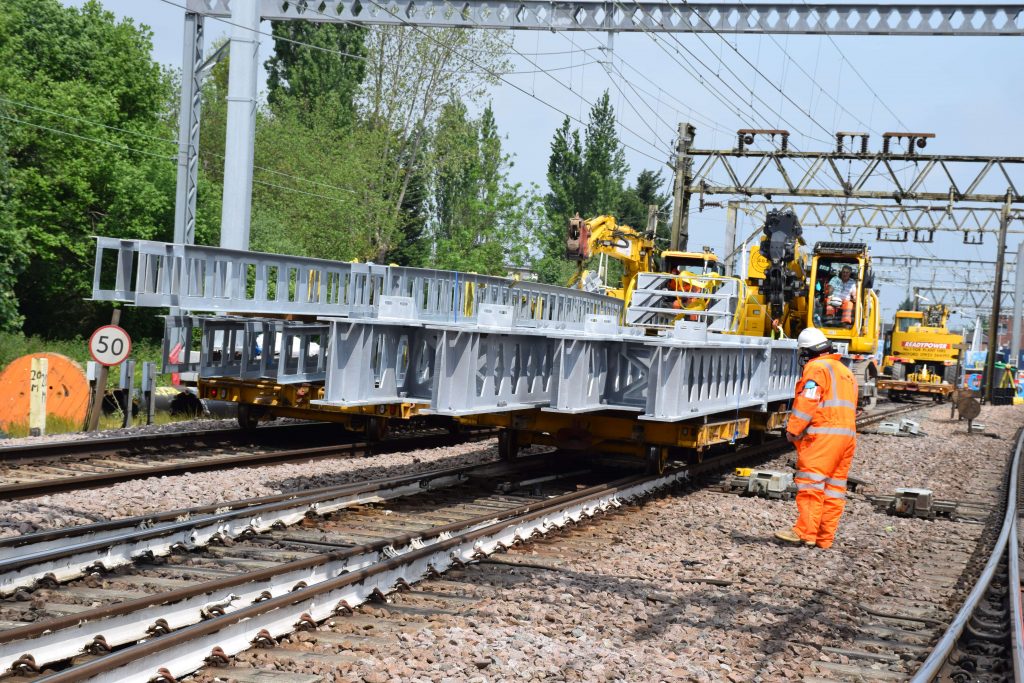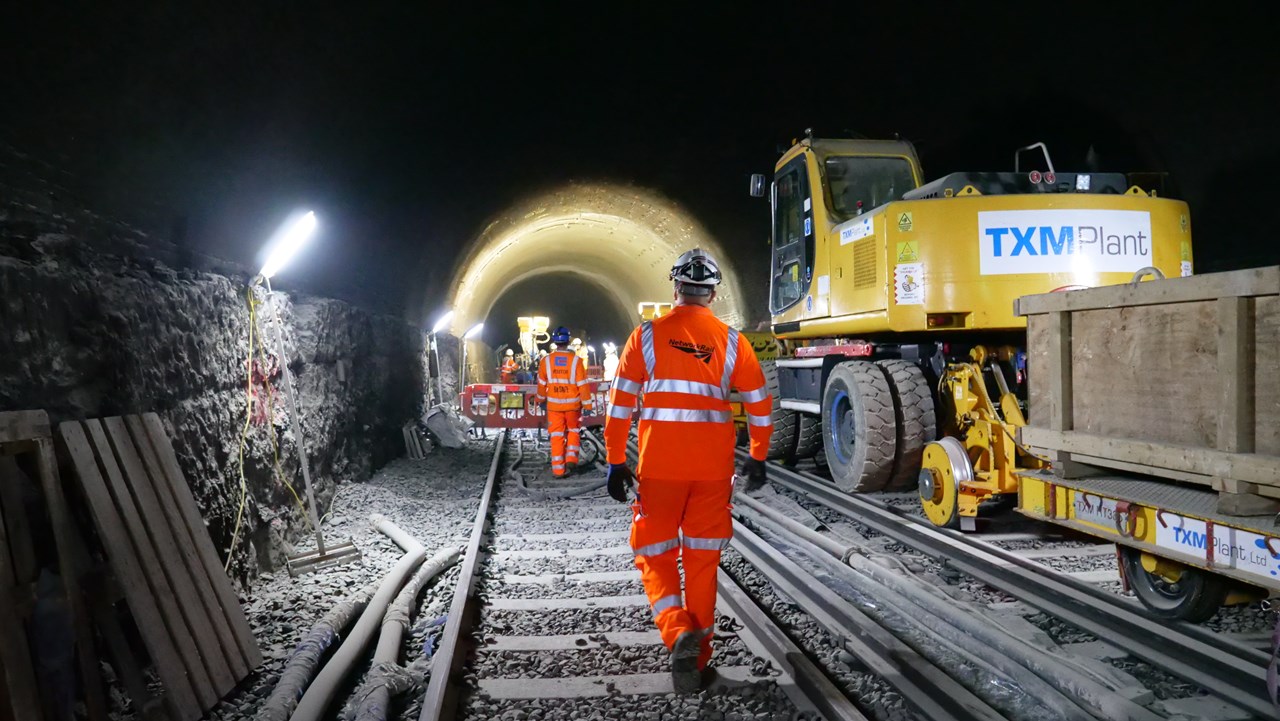We know delays are frustrating and we do everything we can to get passengers moving as soon as possible.
That’s why we’re working hard to improve our processes surrounding planned engineering work – like our upcoming August bank holiday upgrades – and reduce any delays caused by them.
In fact, we have cut the number of delay minutes on the railway following such projects – helping more passengers get back to work on time.
Strong performance in delivering upgrades over the early and late May bank holidays meant our total number of delay minutes related to engineering work stood at 2,841 between April and June, down from 9,137 in the same period last year.
In the whole of 2018 to 2019, we recorded about 33,000 such delay minutes, down by more than 82,000 between 2014 and 2015.
Delays explained: why we cannot run trains during repairs
How cutting-edge track technology is reducing delays for passengers

How did we do it?
Handing back the railway on time after planned engineering projects is a top priority and something we’re aiming to improve continuously.
It’s particularly important because our handback is often close to the first passenger service after a bank holiday and high volumes of traffic flow through certain locations.
As part of our Delivering Works Within Possessions (DWWP) process, our project teams follow a structured set of actions and checklists to ensure that they are ready to deliver their work on the railway and that any risks to a right-time handback have been considered. This applies throughout the year but is particularly relevant at bank holidays when we carry out some of our largest upgrade projects.
At a national level, we start to hold formal deliver-ability reviews from 20 weeks before each bank holiday. These take place every four weeks on the run up to the bank holiday weekend, with final reviews taking place in the last week.
Watch the rail vac in action over the early May bank holiday…
Our continuous improvement plan and culture seek to share lessons across the railway to lead to better outcomes for passengers. As part of the DWWP process, our teams take part in peer reviews and hold risk assessments to determine the robustness of the programme and the likelihood of a right-time handback.
They create contingency plans, which they review and share widely with colleagues. Meanwhile, throughout a bank holiday weekend, there are four hourly national monitoring calls to assess progress against milestones.
What’s Delivering Works Within Possessions?
The DWWP is a mandatory process designed to provide operational readiness assessments of all sites before works; we conduct an overview of all the risks and constraints across the portfolio.
We do this at all times but it becomes particularly significant during bank holidays because of the increased maintenance and upgrade activity across the railway.
It builds on our possession management strategy, which involves planning for possessions three years ahead of the actual work.
Why we carry out works over bank holidays
We plan works for certain times so they cause the least disruption to passengers, such as on bank holidays, Sundays and overnight.
The Railway Upgrade Plan will allow trains to run more frequently, faster, and will improve the reliability of the rail network, reducing delays.
When we need to carry out planned engineering works, such as replacing tracks or upgrading signalling systems, we might need to close a section of track for 24 hours or longer to complete the upgrade work efficiently and safely.
Trains run 24 hours a day, 365 days a year so there’s no time when the network isn’t being used, meaning our work can cause some disruption for passengers and businesses.




